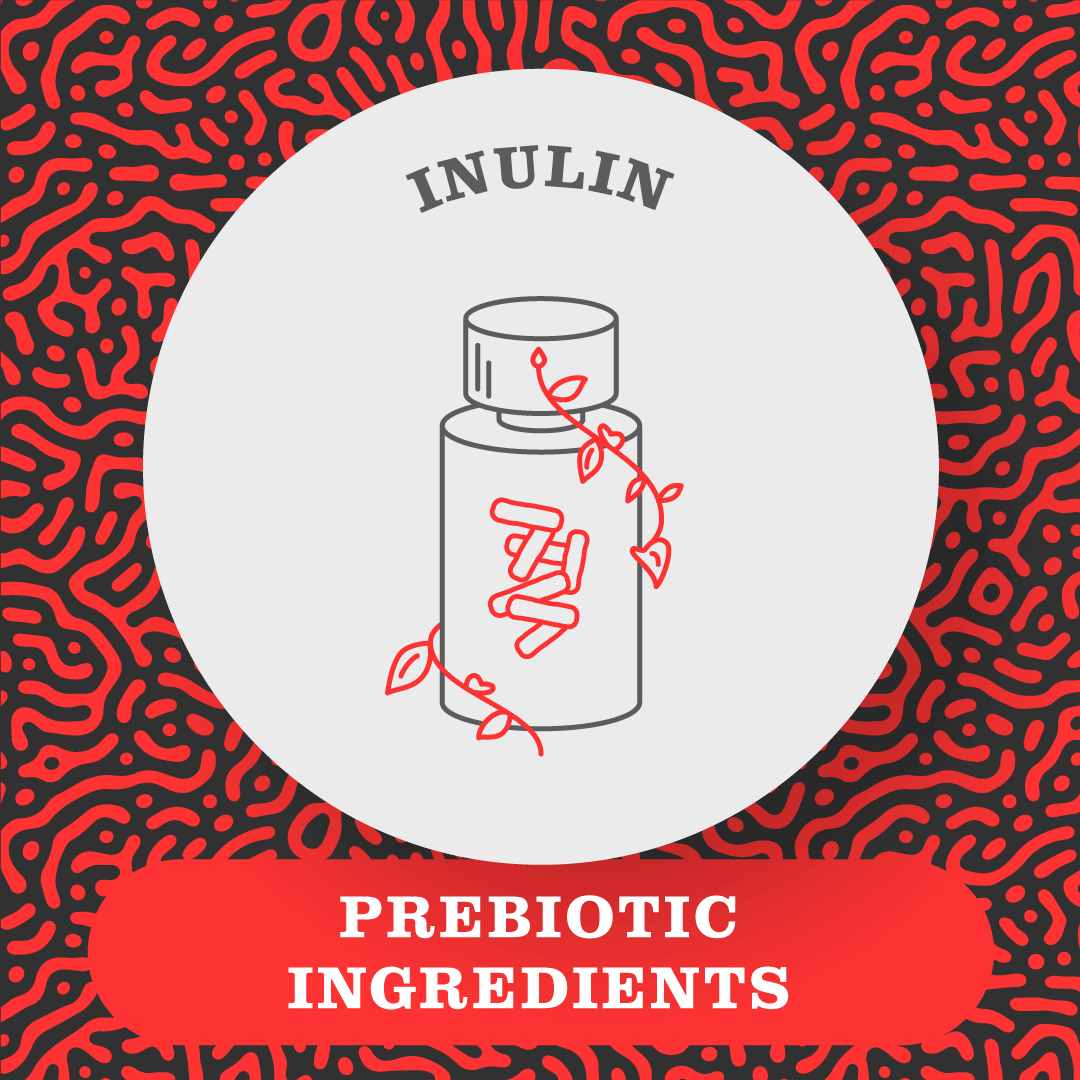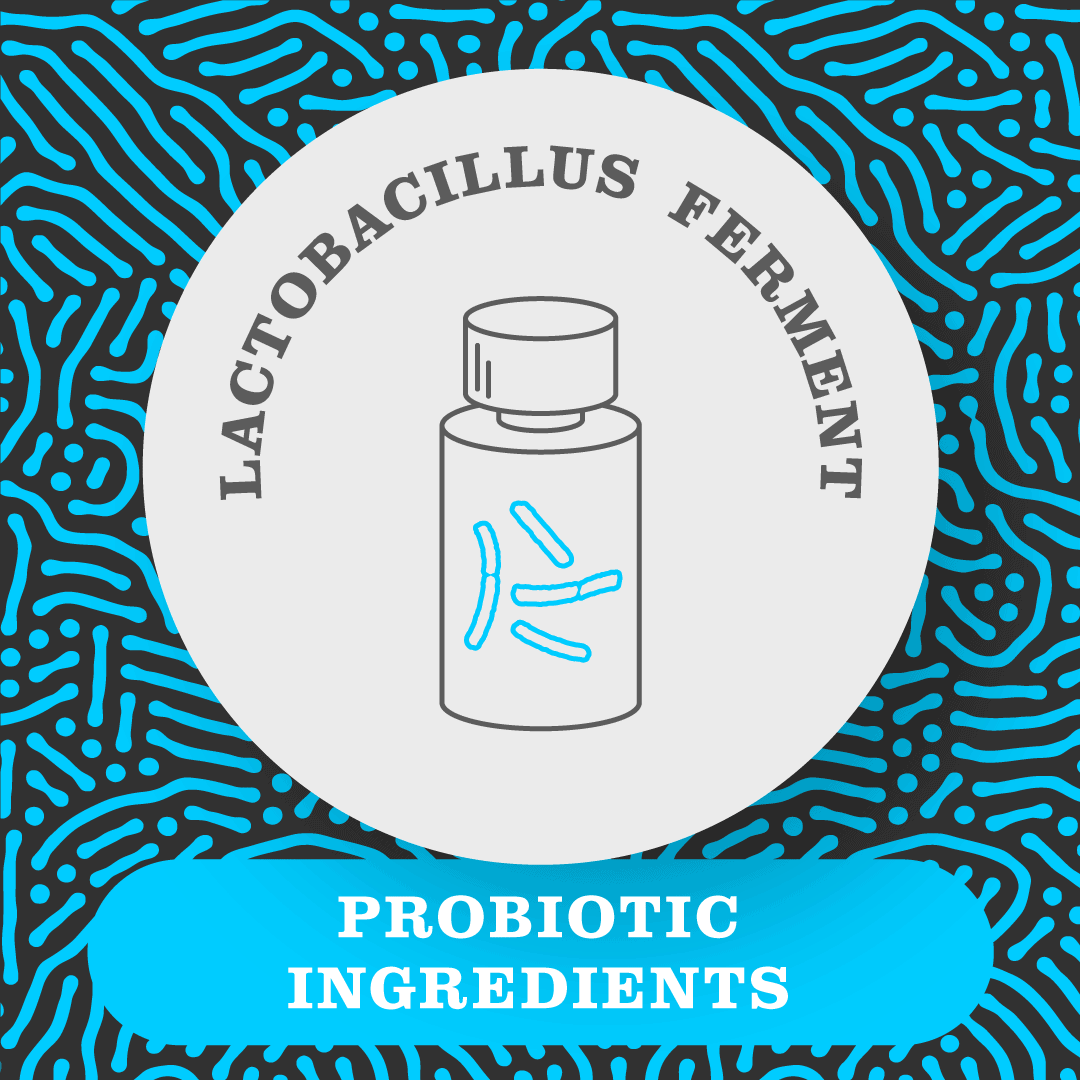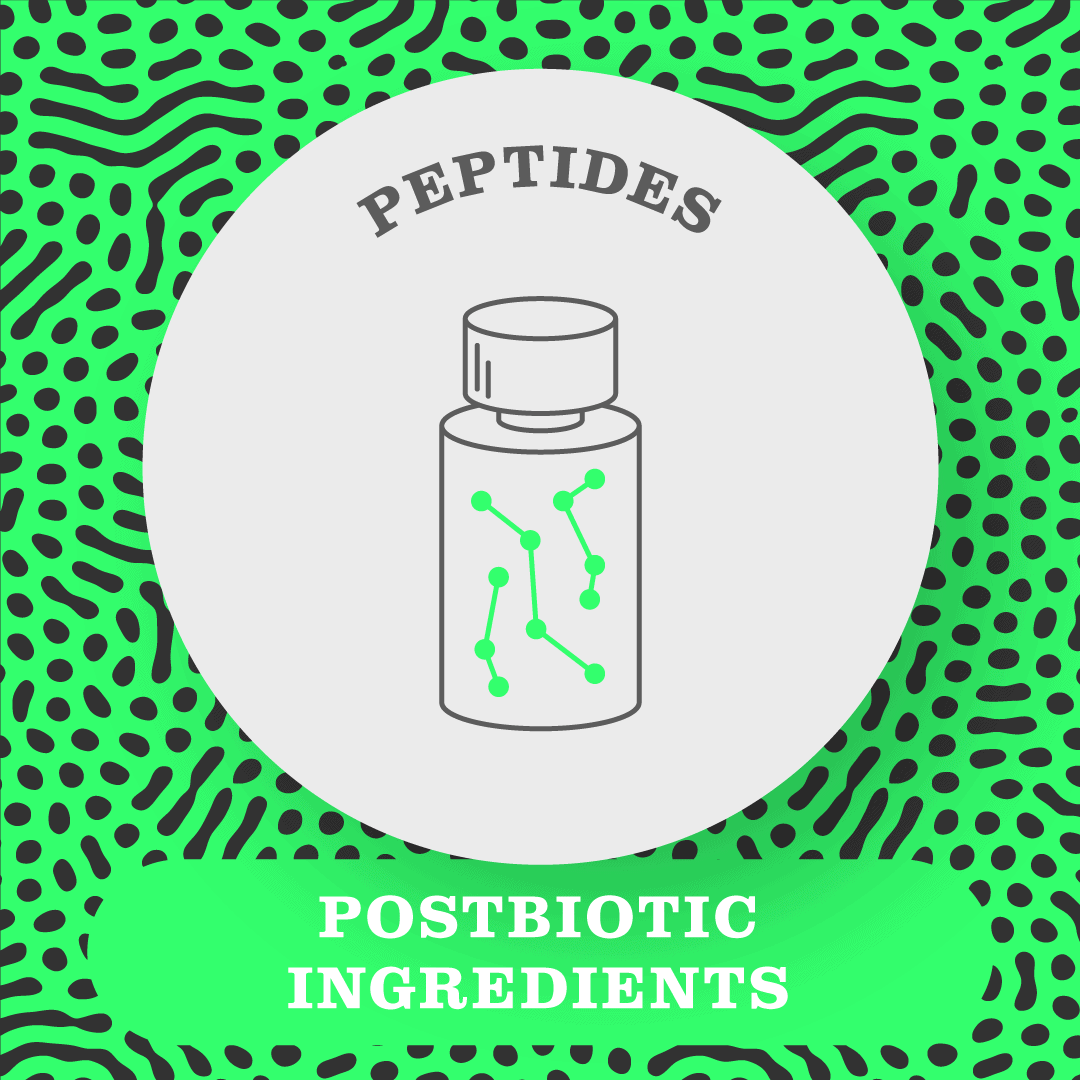The skin microbiome and skin-microbiome-related ingredients are a new hot topic in cosmetics, but it’s likely that you’re already using these ingredients in your routine without even knowing it.
Below, Zoe Woodhouse – also known as The Skin Scientist – takes us through some examples of prebiotic, probiotic and postbiotic ingredients and explores the advantages that they have to offer for our skincare routine.
Read on to find out more!
Prebiotic ingredients: inulin
Prebiotics are essentially foods for living organisms. Many of them are sugars, such as inulin – a polysaccharide sugar naturally extracted from the roots and rhizomes of plants, for example chicory and Jerusalem artichoke, where it stores energy (1).

It functions as a prebiotic in the skin microbiome, meaning it’s a nutrient that ‘feeds’ / promotes bacteria, naturally present on your skin. In doing so it forms an antimicrobial, protective film on the skin surface to protect your skin and the diversity of skin microbiota (2). Studies have also found that high molecular weight inulin can even improve the skin microbiota (3).
Extra benefits of inulin include hydrating and softening skin, as well as antioxidant properties and the ability to improve the proliferation of fibroblasts – your cells that make collagen (2,3). This is consistent with other studies that found fructans positively affect fibroblast and keratinocyte proliferation (4,5). It’s also used as a stabiliser in some cosmetic formulas.
Product recommendations
Further reading
- DOI 10.1007/s10295-014-1452-1
- DOI 10.2478/pjct-2019-0008
- cosmeticsbusiness.com/news/article_page/Prebiotics_Are_they_weapons_for_preservatives/162210
- DOI: 10.1016/S0144-8617(00)00296-4.
- DOI: 10.1111/j.1467-2494.2006.00314_2.x
Probiotic ingredients: Lactobacillus ferment

Probiotics have long been lining health-food shelves, touting all manner of gut-balancing properties. But now, new bacteria strains are taking centre stage for the skin microbiome, designed to work from the outside in. One of them is Lactobacillus.
Lactobacillus ferment is made by fermentation of the microorganism Lactobacillus. This bacterium is naturally found in the human intestine and in fermented dairy products (1).
Despite the definition of probiotics being ‘living’ microorganisms that enhance the growth environment of healthy bacteria, today probiotics in skincare are often non-living. The most disruptive innovation will come from the field of living microorganisms in skincare.
It functions as a probiotic ingredient and helps to maintain a healthy mix of skin flora. This in turn helps to restore your skin’s protective barrier and may even reduce the risk of some skin conditions (2). It also has anti-inflammatory properties, that have shown promising effects on atopic dermatitis, as well as acne and rosacea (3). Although the studies used Lactobacillus extract at 5% concentrations, more than what you’d typically find in a formulation (4). More research is needed to prove its effectiveness for these conditions.
Product recommendations
- Seed to Skin: The Bion’Sphere
- Beauty Pie: Probiotic Infusion Breathable Primer
- True Botanicals: Nutrient Mist
Further reading
- doi.org/10.3390/fermentation5020041
- DOI: 10.1684/ejd.2010.1108
- ncbi.nlm.nih.gov/pmc/articles/PMC5418745/
- pubmed.ncbi.nlm.nih.gov/23286870/
Postbiotic ingredients: antimicrobial peptides

Lactobacillus species, along with other LAB bacteria, are found living at low levels on skin. Besides creating a local acidic environment, Lactobacillus species influence the microbiome by producing biofilms (a thin layer containing bacteria which stick to the surface), providing nutrients, and by releasing bacteriocins (proteins with antimicrobial properties) that help prevent potential pathogenic (harmful) bacteria from becoming established.
Peptides are short chains of amino acids. Think of them as building blocks for important proteins, such as collagen and elastin. There are many different ways in which sequences of amino acids can be combined. Therefore there are many different types of peptides, all of which have different functions (1).
The functions of peptides in skincare vary. Some types of peptides promote biological activity, whilst others don’t have any skin benefits. Cosmetic peptides can work for you, but it depends on the type of peptide, the formula and your individual skin type…
Examples of some science-backed peptides:
Palmitoyl Tetrapeptide-7 (2)
Palmitoyl Pentapeptide-3 (Matrixyl) (3)
Palmitoyl Tripeptide-1 (4)
Palmitoyl Tripeptide-5 (5)
Dipeptide Diaminobutyroyl Benzylamide Diacetate (6)
Some peptides have a role in the skin microbiome as postbiotics. These are known as antimicrobial peptides (AMPS). They’re naturally occurring in your skin, where they support overall skin health, regulate normal skin microflora composition and boost immunity (7,8).
Product recommendations
- Paula’s Choice: Peptide booster
- Medik8: Liquid peptides
- Algenist: Triple Algae Eye Renewal Balm with Multi-Peptide Complex
Further reading
- wiley.com/en-ai/Introduction+to+Peptide+Science-p-9781119698173
- sciencedirect.com/science/article/abs/pii/S0738081X0900128X
- onlinelibrary.wiley.com/doi/abs/10.1111/j.1529-8019.2007.00148.x
- journals.sagepub.com/doi/10.1177/1091581818807863
- onlinelibrary.wiley.com/doi/full/10.1111/jocd.12229
- doi.org/10.3390/cosmetics4020016
- https://www.ncbi.nlm.nih.gov/pmc/articles/PMC5711782/
- https://onlinelibrary.wiley.com/doi/full/10.1111/srt.12626
Explore more microbiome basics in the How it works section of the Content Hub and follow us on Instagram for the latest updates!
Please note, all products mentioned above are not endorsed, recommended or affiliated with The Secret Life of Skin.
